Diamond
Diamond is the toughest natural material on Earth, scoring 10 out of 10 on the Mohs scale of mineral hardness. Therefore it is the most known and sought-after gem. Diamond is a metastable allotrope of carbon, where the carbon atoms are arranged in a variation of the face-centered cubic crystal structure called a diamond lattice.
The value of a diamond depends on the ’4C’ (color, cut, clarity and carat). The better quality the higher the price. Diamond exists in almost every color like pink, red, purple, blue, green, orange, yellow, brown, gray, black and of coure the most known: white. Colored diamonds called fancy diamonds. Pinks, reds, blues, greens and purples are reaches extreamly high prices due to the rarety.
Mined rough diamonds are converted into gems through a multi-step process called “cutting”. Diamonds are extremely hard, but also brittle and can be split up by a single blow. Therefore, diamond cutting is traditionally considered as a delicate procedure requiring skills, scientific knowledge, tools and experience. Its final goal is to produce a faceted jewel where the specific angles between the facets would optimize the diamond luster, that is dispersion of white light, whereas the number and area of facets would determine the weight of the final product.
The weight reduction upon cutting is significant and can be of the order of 50%. Several possible shapes are considered, but the final decision is often determined not only by scientific, but also practical considerations. For example the diamond might be intended for display or for wear, in a ring or a necklace, singled or surrounded by other gems of certain color and shape.
Sapphire
Most would think that sapphire is a deep blue gemstone, but it exists in almost every color: green, orange, yellow, white and pink. Sapphires are varieties of a mineral called corundum, a chrystalline form of aluminium-oxide. Pure corundum is a transparent material, but trace amounts of metallic impurities give its color. Sapphires contain mostly iron and titanium. Sapphires are pleochroic, meaning that the hue and the intensity of the color of the gemstone changes depending on the viewing angle.
Sapphire is an exceptionally tough natural gemstone, scoring 9 out of 10 on the Mohs scale of mineral hardness, only surpassed by diamond. It’s stunning color, luster and toughness make sapphire a popular gemstone, and it has been worn as jewellery since the acient times. It is one of the four most widely known gemstones. Generally, deep blue colored sapphires with excellent transparency are the most valuable, but sapphires from the rare orange-pink variety known as padparadscha can fetch a higher price.
Ruby
Rubies (just like sapphires)are varieties of a mineral called corundum, a chrystalline form of aluminium-oxide. Pure corundum is a transparent material, but trace amounts of metallic impurities give its color. The ruby color range includes pinkish, purplish, orangey and brownish red depending on the chromium and iron conten. The trace mineral content tends to vary with the geologic formation which produced the ruby, so that original place adjectives, such as Burmese and Thai have come in later years to be sometimes used in describing color.
Ruby is an exceptionally tough natural gemstone, scoring 9 out of 10 on the Mohs scale of mineral hardness, only surpassed by diamond. It is one of the four most widely known gemstones. Its stunning color, luster and toughness make it a popular gemstone, and it has been worn as jewellery since the acient times. Natural rubies became extreamly desirable in the last years. It can reach even higher price then a perfect diamond in the same size. The brightest and most valuable “red” called blood-red, commands a large premium over other rubies of similar quality.
Emerald
Emerald is the best known variety of mineral beryl just like aquamarine and morganite. The Greek name for emeralds is “smaragdos”, meaning green gem. The signiture green color of emeralds evolves when pure, colorless beryl is mixed with trace amounts of chromium. The hue of emeralds can range from yellowish green to blue-green. The tone needs to be medium, or darker. There is an other, less valuable green variety of beryl, conveniently named “green beryl”, that is known for it’s light green color. Sometimes green beryl is sold by some jewellery manufacturers as “vanadium emeralds”, which can be misleading. Most precious (chrom) Emeralds come from Colombia which is the most valuable export item of the country.
Emerald is formed in a complex and intricate process that tends to leave inclusions in the crystal. Usually, a high number of inclusions and fissures can be found even in gem grade stones, therefore emeralds are graded with the naked eye and not under the 10x magnification of a loupe. Emeralds without any visible inclusions are extremely rare and can cost tens of thousands of dollars per carat. Pure beryl chrystals have a hardness of 7.5-8 out of 10 on the Mohs scale, but the inclusions in emeralds can make them brittle, so they need to be cut with extra care and setting them into jewellery requires lots of experience and skill.
Opal
Precious opal shows a variable interplay of internal colors and even though it is a mineraloid, it has an internal structure. The internal structure of precious opal makes it diffract light; depending on the conditions in which it formed, it can take on many colors. Precious opal ranges from clear through white, gray, red, orange, yellow, green, blue, magenta, rose, pink, slate, olive, brown, and black. Of these hues, the reds against black are the most rare, whereas white and greens are the most common. It varies in optical density from opaque to semi-transparent. Opal is the national gemstone of Australia, which produces almost all of the world’s opal supply. Coober Pedy in South Australia is the largest opal mining area, often referred to as the Opal capital of the world, because of the quality and quantity of opals that are mined there.
Tourmaline
Tourmaline’s name comes from the Singhalese words ‘tura mali’ which means ‘stone with mixed colors’, referring to the color spectrum of this gemstone, which outdoes that of all other precious stones. Their color range is from red to green and from blue to yellow. They often have two or more colors called bi- or tri-color tourmalines.
Tourmalines are mixed crystals of aluminium boron silicate with a complex and changing composition. The mineral group is a fairly complex one. Even slight changes in the composition cause completely different colors. And the trademark of this gemstone is not only its great wealth of color, but also its marked dichroism. Depending on the angle from which you look at it, the color may be different or more or less intense. Tourmalines have a hardness of 7 to 7.5 out of 10 on the Mohs scale.
Each Tourmalin color variant has an individual name. The intense red or pink colored gemstones are known as ’rubellite’; blue tourmalines are known as ‘indigolites’, green tourmalines as ‘verdelite’, yellowish-brown to dark brown ones as ‘dravites’ and black ones as ‘schorl’.
The absolute exceptional is the ‘Paraiba tourmaline’, a gemstone of an intense blue to blue-green color. In good qualities, these gemstones are as much sought-after treasures as diamonds.
Gold
Gold was used throughout the world as money, and it has been the symbol of wealth since long before recorded history. It is the most mallable metal known to man, yet maintains it’s vivid yellow color and luster without tarnishing. Pure gold is too soft to be worn as jewellery, so other easily mallable metals, such as silver, nickel, palladium, or copper are alloyed with it. Copper will turn the alloy red. The higher the copper content the more intense the coloration becomes. Exchanging some copper with silver, or zinc turns the alloy’s color lighter and lighter, allowing the goldsmith to create rose and pink gold. White gold is also made in a similar fashion: by adding a white metal, such as silver, palladium, or nickel to gold. Despite being named white, real white gold is almost never pure white, the color of the alloy can cover a wide spectrum from pale yellow to very pale rose. The almost silver-like greyish color of a 18k white gold jewellery, which is familiar to most, can only be reached by plating the alloy with rhodium. Rhodium plating is a process that is used by many jewellers who try to improve the off-white colors of their alloy, but we at Sophie Molnar Design do not use this technique, all of our white gold jewellery display the beautiful natural hue of our white gold alloys.
Silver
Silver is a white precious metal with many interesting properties. In addition to it’s physical and chemical properties that make silver suitable for industrial use, it is also very mallable and can be polished to be highly reflective, so it is widely used in art and jewellery. Like 24k gold, fine silver that contains at least 99.9% pure silver is too soft to be worn as jewellery, so it is alloyed with other metals for added strength. Sterling silver is the most commonly used alloy of silver with a minimal millesimal fineness of 925. Like gold, silver jewellery is always hallmarked.

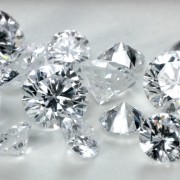
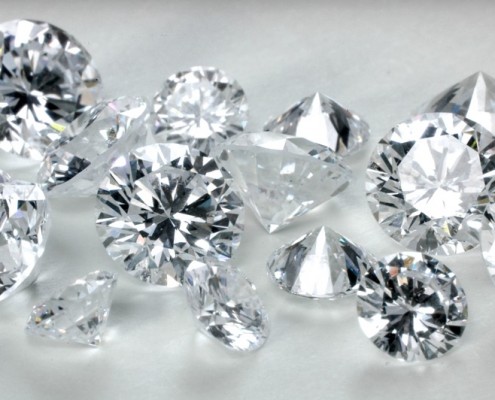
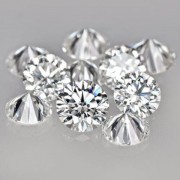
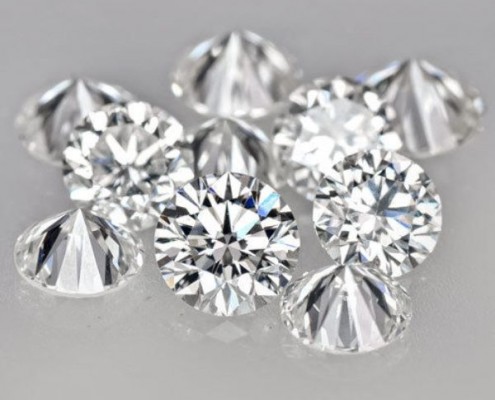
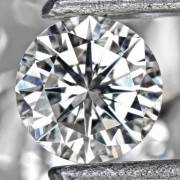
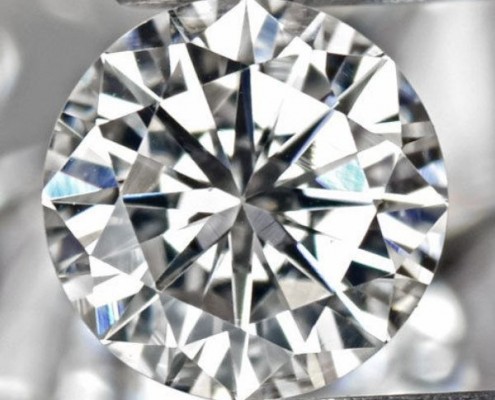
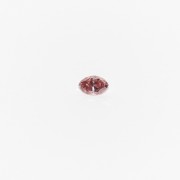
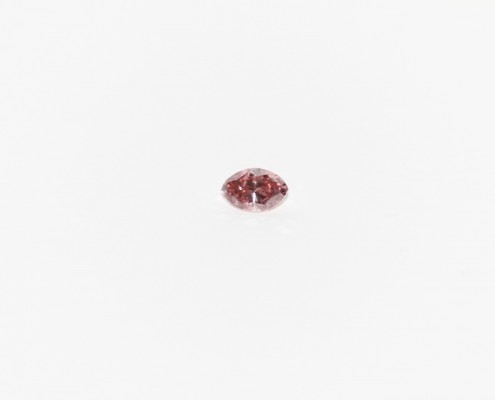
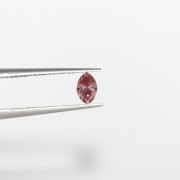
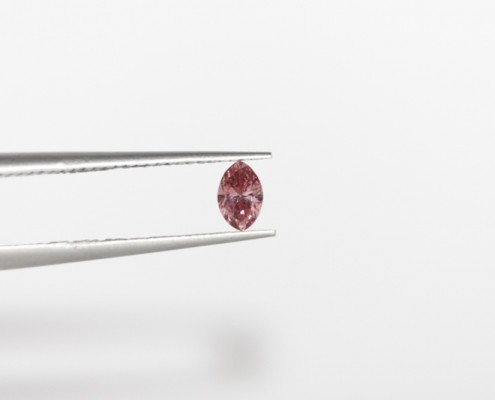
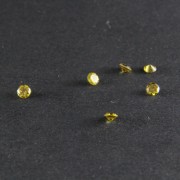
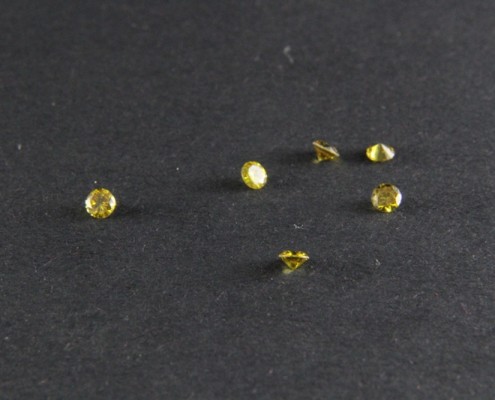
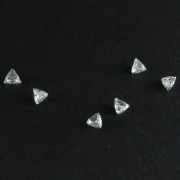
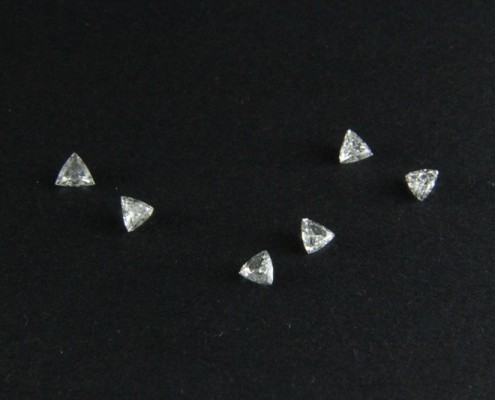

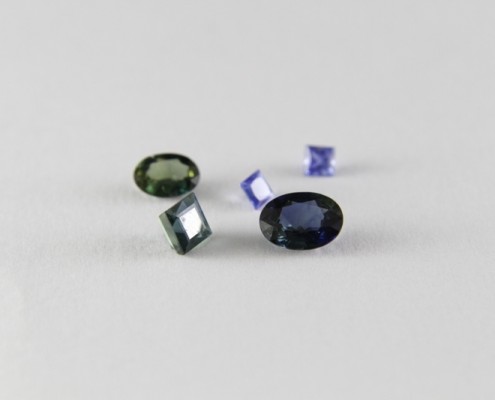
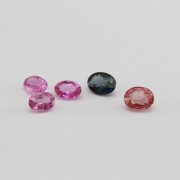
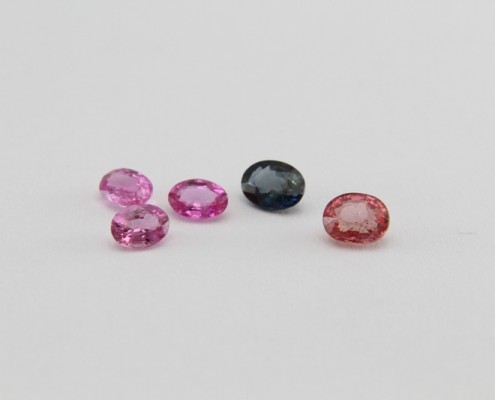
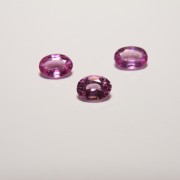
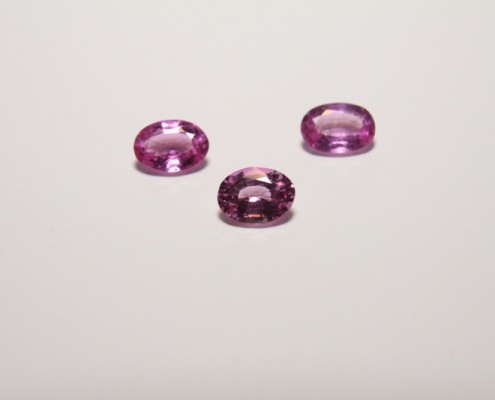
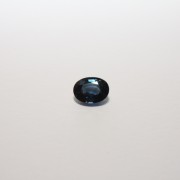
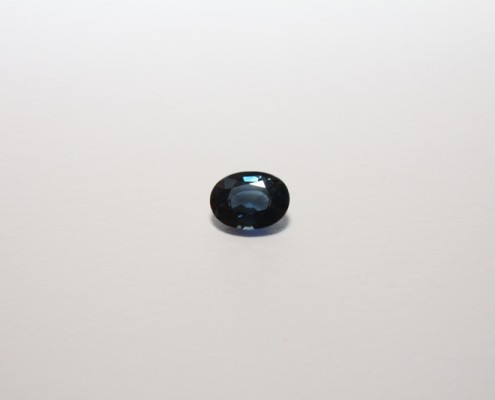
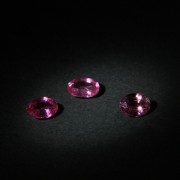
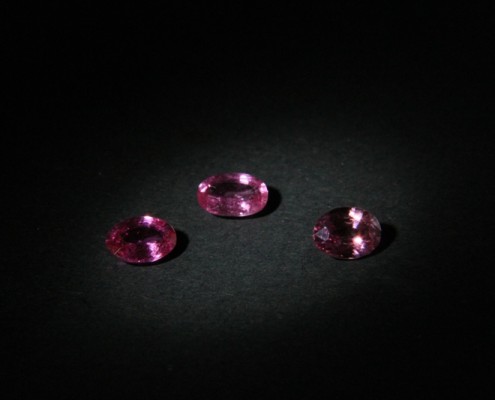
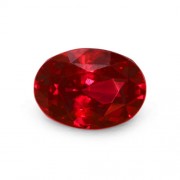
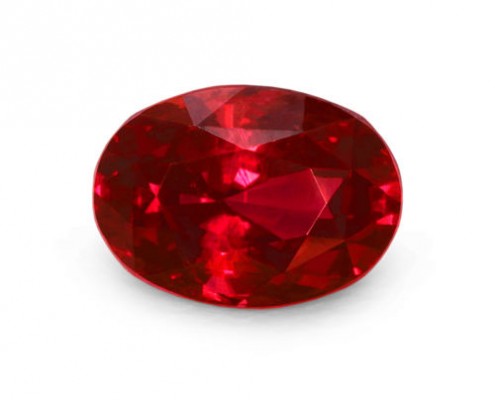
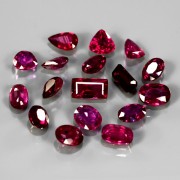
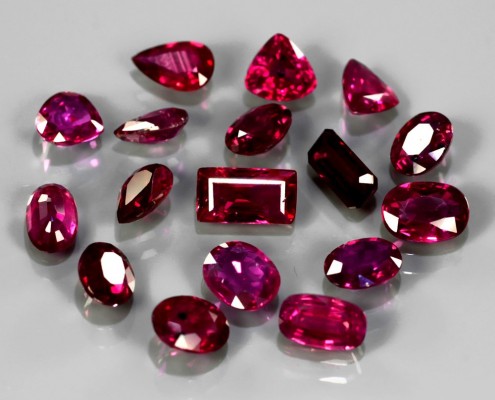
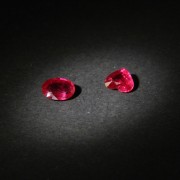
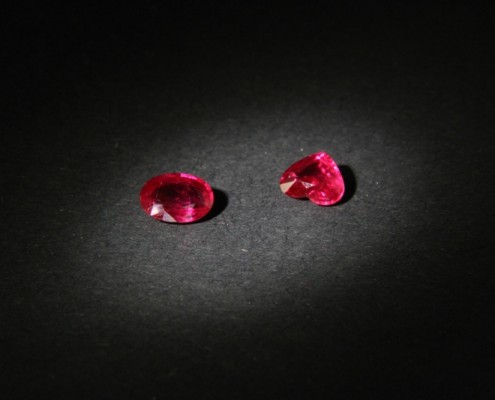
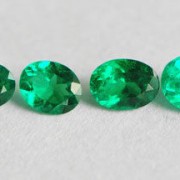
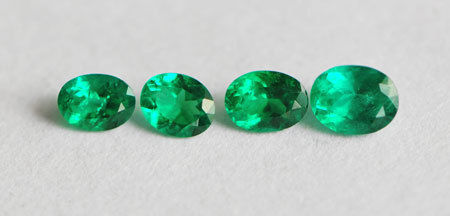
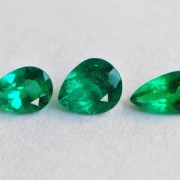
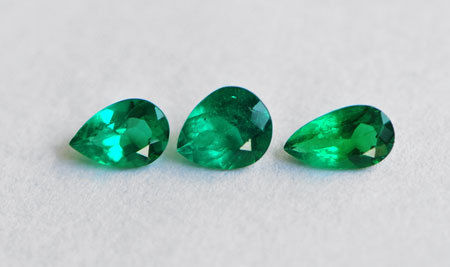

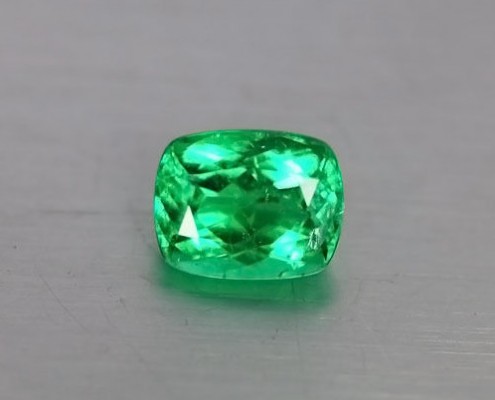
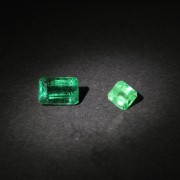
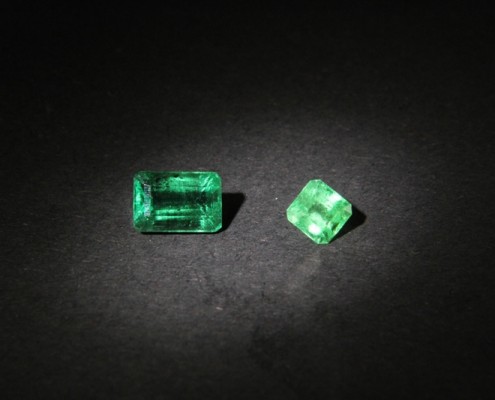
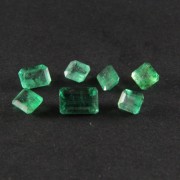
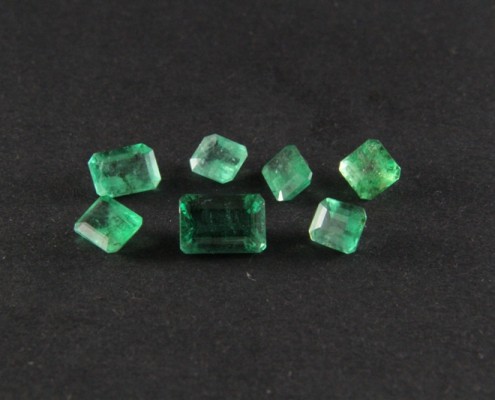
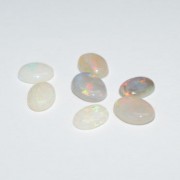
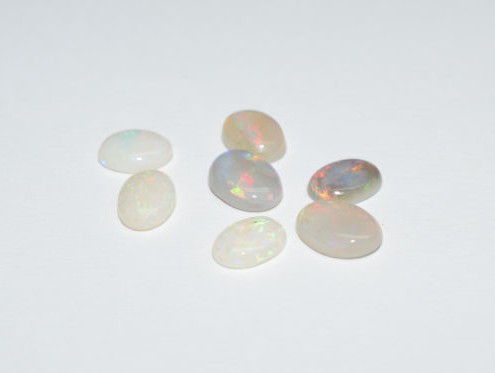
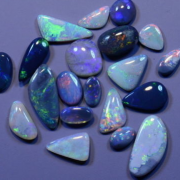
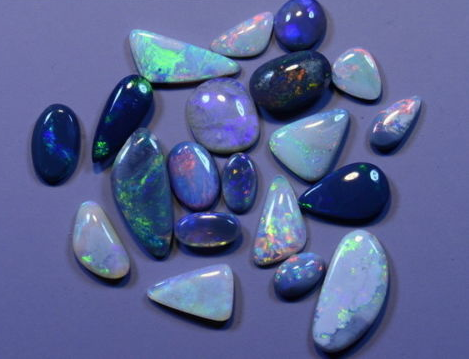


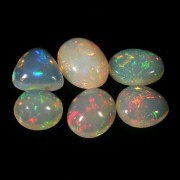
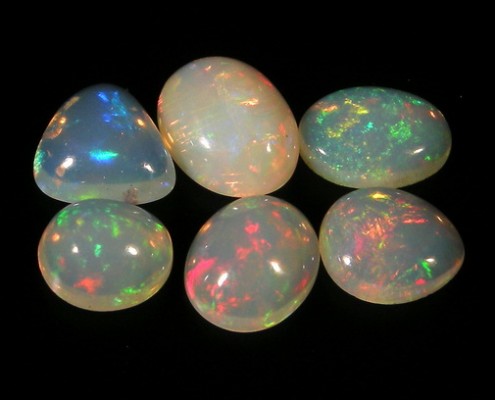

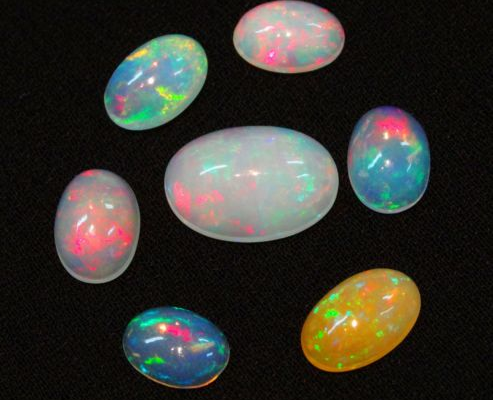
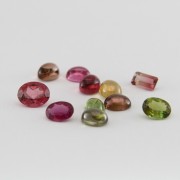
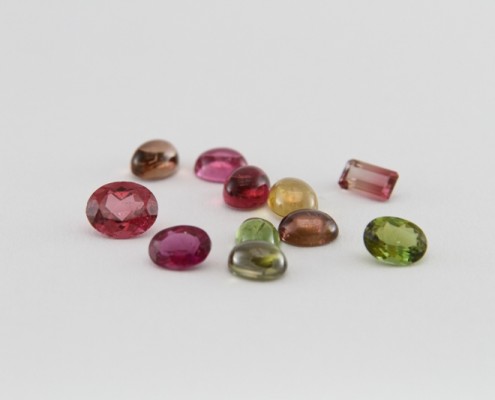
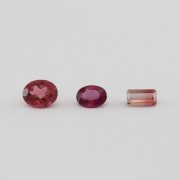
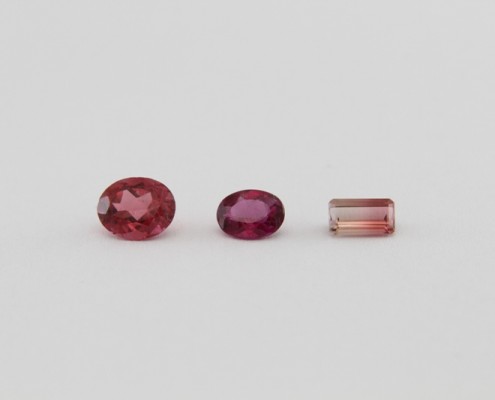
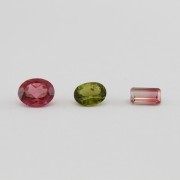
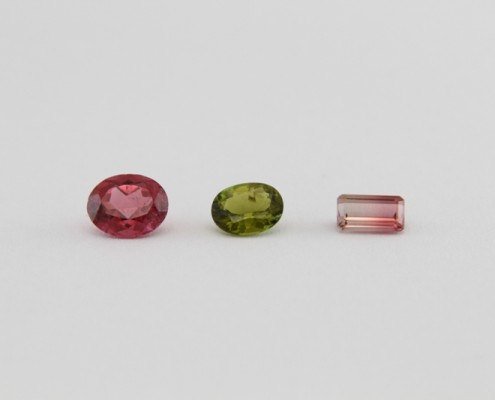


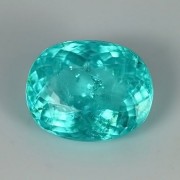

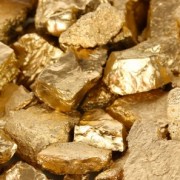
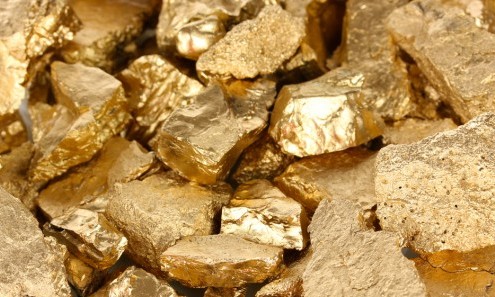
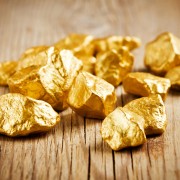
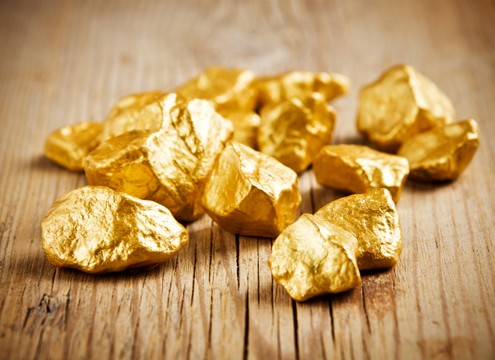
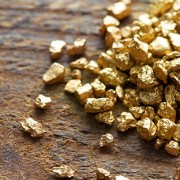
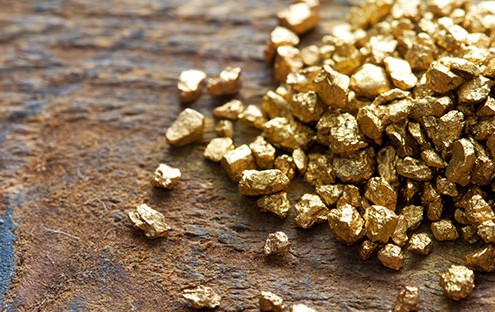
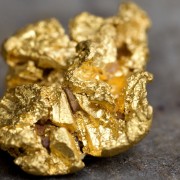

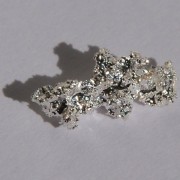


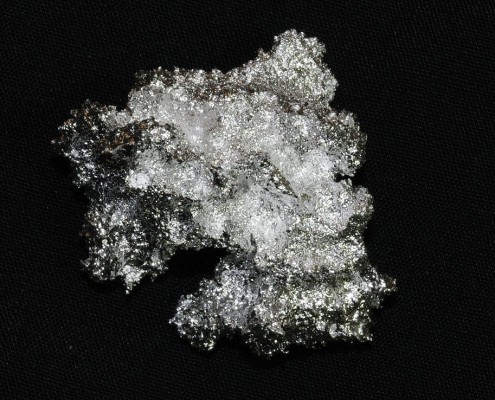
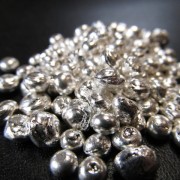
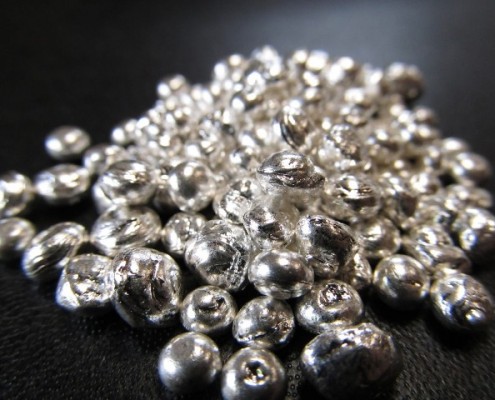
Follow Us!